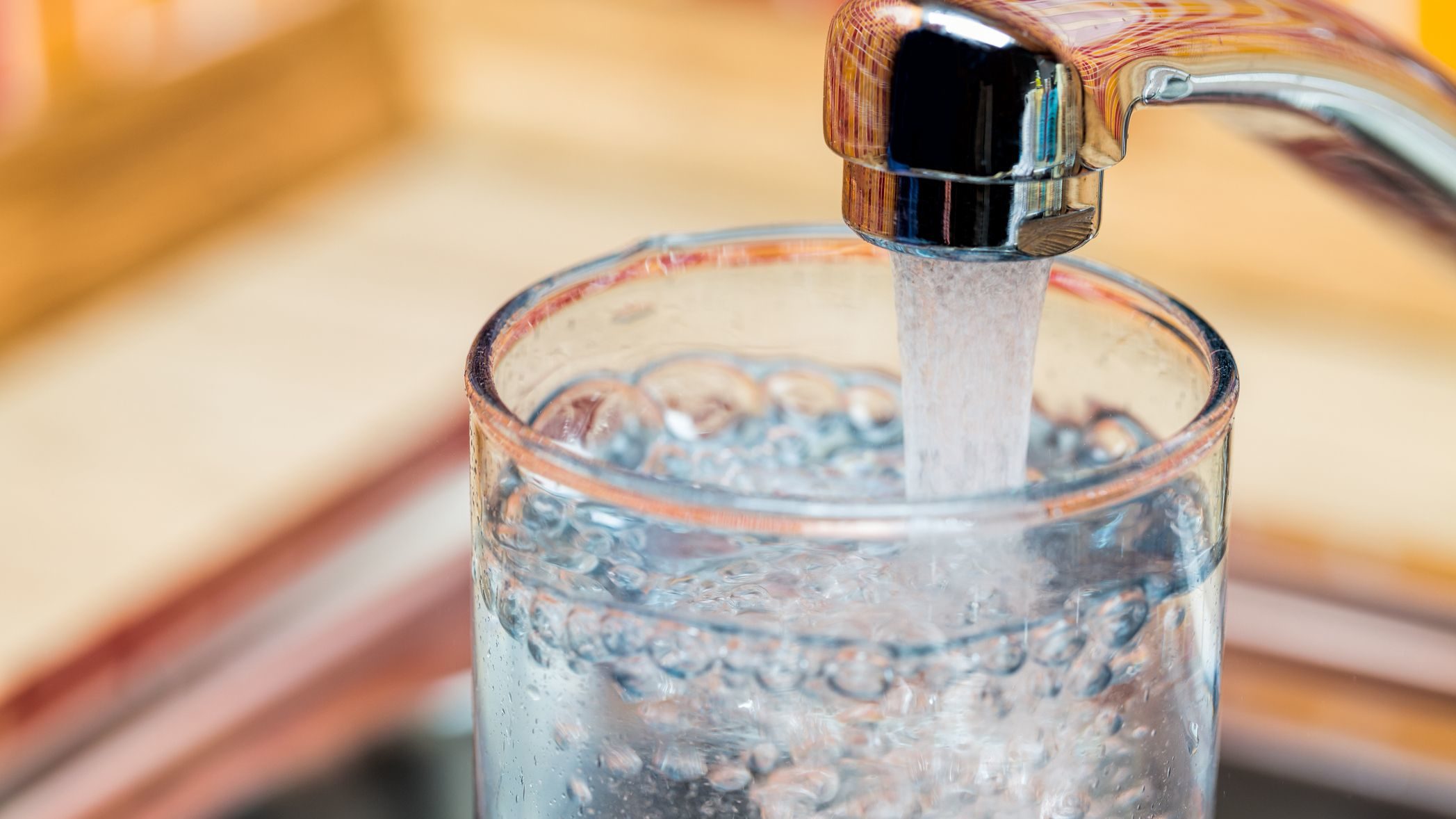This year marks the 100th anniversary of the Greater Vancouver Water District, which has, through the collaboration of its members, consistently provided high-quality drinking water to the region’s residents.
“Water is essential to life, and for a century Metro Vancouver has been involved with making sure this valuable resource is stored, treated, and supplied to our members at an exceptional value,” said George V. Harvie, Chair of Metro Vancouver’s Board of Directors. “I’m proud of the work that this Board and those who have come before have done to protect water supply areas, and to build and maintain a resilient system that delivers some of the best drinking water in the world.”
Thanks to remarkable foresight and planning, Metro Vancouver provides excellent drinking water for 2.8 million residents through a complex treatment and transmission system that is safe and reliable. The regional district is also responsible for the protection and stewardship of the Capilano, Seymour, and Coquitlam watersheds.
Collaboration on water supply in the region started as early as 1886 with the founding of the Vancouver and Coquitlam Waterworks companies, which had a clear mission to find and deliver a good, reliable source of water for a growing population. The Greater Vancouver Water District was founded in 1924.
In the ensuing years, leases were secured for the Capilano and Seymour watersheds, the Cleveland and Seymour Falls dams were constructed, the Seymour Capilano Filtration Plant and Coquitlam Water Treatment Plant were opened, and twin tunnels were constructed to connect Capilano Reservoir to Seymour Capilano Filtration Plant.
Metro Vancouver has also implemented a number of long-term plans and policies — including the Drinking Water Management Plan, which was first adopted in 2005 — that ensure there will be enough water for future generations by promoting conservation, improving infrastructure, and expanding and protecting water supply. Metro Vancouver, recognizing that Indigenous peoples have been and continue to be stewards of the lands and waters, is committed to incorporating and uplifting Indigenous knowledge in the pursuit of shared goals related to drinking water. Metro Vancouver is actively engaging First Nations on the Drinking Water Management Plan update.
Metro Vancouver is now looking to the future, planning for the next 100 years to meet the needs of a growing population and ensure the water supply system is resilient to the effects of climate change and seismic events.
“Long-term planning for a sustainable water supply is always top of mind at Metro Vancouver,” said Malcolm Brodie, Chair of Metro Vancouver’s Water Committee. “As our region grows and the climate changes and becomes more unpredictable, the next important challenge we have is to ensure that we’re storing and using treated drinking water responsibly. We use too much drinking water in this region in areas it isn’t needed, and the actions and decisions we make now around water conservation will make a huge difference for the future.”
Reducing per-capita water consumption — especially in the summer, when use of treated drinking water increases by around 50 per cent due to lawn watering — will make sure that demand can be met in any season as rainfall and snowmelt patterns change.
Another way that Metro Vancouver is preparing for the future is expanding the use of existing water sources. Planning is underway to add a new water intake, water supply tunnel, and treatment facilities at Coquitlam Reservoir, which will double the capacity to draw water to meet the needs of the growing region. Metro Vancouver is also replacing and renewing water supply tunnels and key water mains across the region to increase their capacity and improve their resilience to an earthquake.
Sustainable use of water resources, including a focus on conservation, will remain key as Metro Vancouver updates its Drinking Water Management Plan to address the challenges associated with population growth and climate change that have emerged since the last plan update in 2011. Later this year, the public will be invited to participate by providing input on Metro Vancouver’s goals, strategies, and actions regarding water supply for the next 10 years.
“The prospect of coming together as a region to ensure that our drinking water continues to be of the highest quality is very exciting,” said Harvie. “I’m looking forward to spending this year celebrating the drinking water services that Metro Vancouver provides, and I hope everyone takes the time to learn about our fascinating system.”
Download a timeline and of important dates from the last 100 years and recent and historical photos here: https://ln5.sync.com/dl/












